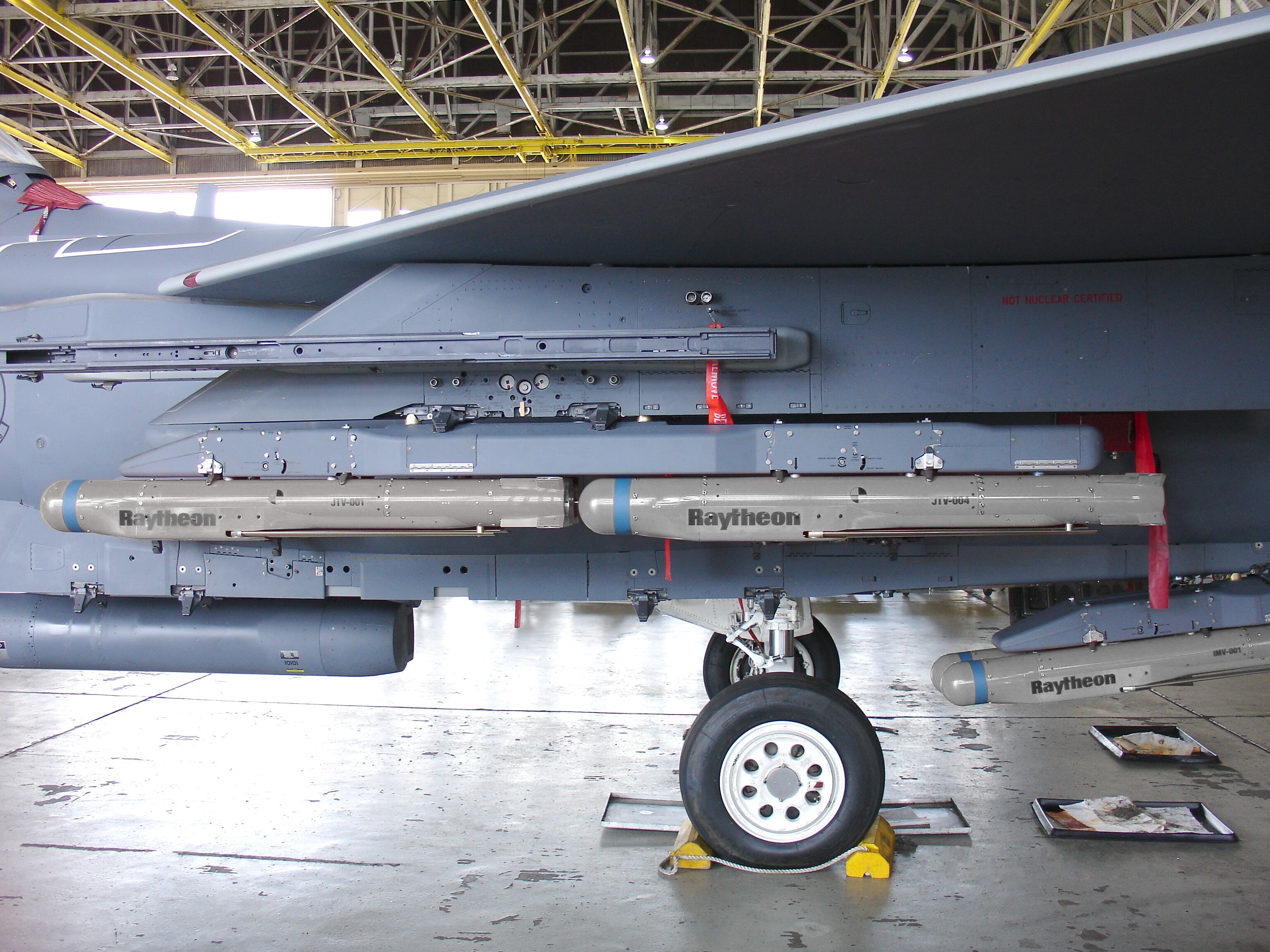WASHINGTON ― F-35 costs are ballooning because Lockheed Martin is failing to deliver parts to the military that are ready to be installed, maintenance personnel told an ongoing House Oversight and Reform Committee probe.
The panel’s chairwoman, Rep. Carolyn Maloney, and others said in a June 18 letter to Lockheed’s new chief executive, James Taiclet, that the Department of Defense faces “excess costs” because it “must divert personnel to troubleshoot these issues and use extensive workarounds to keep F-35 planes flying.”
Because of these issues, DoD has spent more than $300 million in added labor costs since 2015, and it expects to pay $55 million per year if Lockheed does not resolve them, according to government investigations. Lawmakers expressed fears that the problem will “grow and become more challenging” as the F-35 fleet expands.
Maloney, with the other signatories ― Rep. Stephen Lynch, who chairs the panel’s national security subpanel, and Reps. Jackie Speier and Ro Khanna ― called on Lockheed to resolve the problems quickly. They also called out the software system that supports the F-35, called the Autonomic Logistics Information System or ALIS.
“The military is spending tens of millions of dollars a year to overcome unresolved issues with the system Lockheed Martin built and maintains to track spare parts for the F-35,” they said. “It is imperative that Lockheed Martin be held accountable for meeting its contractual obligations and that taxpayer money is spent efficiently and effectively.”
The lawmakers made an extensive demand for Taiclet to provide internal documents by June 30 ― including emails and analyses ― related to the logging problems and Lockheed’s efforts to correct them .
RELATED

Lockheed “will provide all relevant information to the House Government and Reform Committee detailing the continued affordability and success of the F-35 program,” company spokesman Brett Ashworth said in a statement. “Lockheed Martin has made several improvements to automation and enhanced supplier accountability processes that are reducing costs and improving performance.”
The problem cited by the committee centers around the “electronic equipment logs,” which are available to maintainers using ALIS. Each electronic log consists of detailed data, including a part’s history and remaining service life, that follows certain F-35 spare parts as they move from its manufacturer to the end user.
However, not every supplier that builds F-35 parts uses the ALIS system or inputs information in a standardized way, and parts frequently arrive on the flight line with incomplete or incorrect information, the Government Accountability Office said in 2019.
Fixing the data logs for complex systems like the F-35 ejection seat can take hours and impact F-35 availability. According to a 2019 audit by the Defense Department’s inspector general, if a spare part is missing its electronic log, a maintainer must put the part aside and submit a request to Lockheed to provide the information. Lockheed then charges the department for the costs of resolving the issue.
The result can be F-35s sitting on the flight line unable to fly, while maintainers wait for Lockheed support personnel to fetch electronic records so they can make a needed repair.
One commander at Luke Air Force Base, Arizona, told committee staff, which made several visits to F-35 sites, the time spent to resolve the “pervasive” problem was a “massive manpower suck.” Another commander told investigators that, in a hypothetical war, his squadron would carry out missions with inaccurate or missing logistics data and “assume the subsequent risk.”
RELATED

Staff found that bases continue to receive spare parts without electronic equipment logs, and other government probes have found the electronic records were incorrect, corrupt or missing. The commander at Luke Air Force Base told investigators that 60 percent of the parts it received from June through November 2019 had logging problems.
Lockheed’s difficulty in managing the electronic logs was considered so serious that the problem was labeled a “category 1″ deficiency — the designation given to technical issues that critically restricts the operator’s ability to be ready for combat or perform its primary missions — as late as last year.
However, it was downgraded to the lesser “category 2” designation on Jan. 13 due to what the F-35 joint program office characterized as “ALIS data quality improvements that have been made in the two years since this DR [deficiency report] was written.”
“The quality improvements have reduced the frequency and magnitude of issues that have impacted operational units’ abilities to quickly release aircraft for flight following maintenance,” the program office told Defense News in April.
Representatives from the program office did not immediately respond to a request for comment for this story.
One industry source told Defense News it’s unlikely the Pentagon will have to pay an additional $55 million per year to resolve electronic equipment log issues, as projected by the committee, given improvements that were put into place this year.
The number of F-35 parts considered “ready to issue,” or able to be accepted by the aircraft immediately after arriving on base, has already increased from an average of only 50 percent to a high of 87 percent this April, the source said.
This improvement occurred after a Lockheed and JPO team discovered that one major driver of electronic log problems were discrepancies associated with the “advanced shipping notice,” which contains all of the information needed to pair a part that has just been delivered with its electronic log information stored in ALIS, the source said. The team found that suppliers, which were responsible for creating the advanced shipping notice, often plugged in incorrect or incomplete data, such as transposing or deleting numbers within a code. Then, when maintainers would try to put that information into ALIS, no record of the part would be able to be found.
Lockheed has since implemented a new software fix so that when suppliers create an advanced shipping notice, the system validates that the numbers correspond to an existing F-35 part, the source said.
The company is still falling below the 90 percent “ready to issue” requirement, but hopes to reach that metric by the beginning of 2021, after Lockheed puts into place additional software changes, the source said.
Joe Gould was the senior Pentagon reporter for Defense News, covering the intersection of national security policy, politics and the defense industry. He had previously served as Congress reporter.
Valerie Insinna is Defense News' air warfare reporter. She previously worked the Navy/congressional beats for Defense Daily, which followed almost three years as a staff writer for National Defense Magazine. Prior to that, she worked as an editorial assistant for the Tokyo Shimbun’s Washington bureau.







